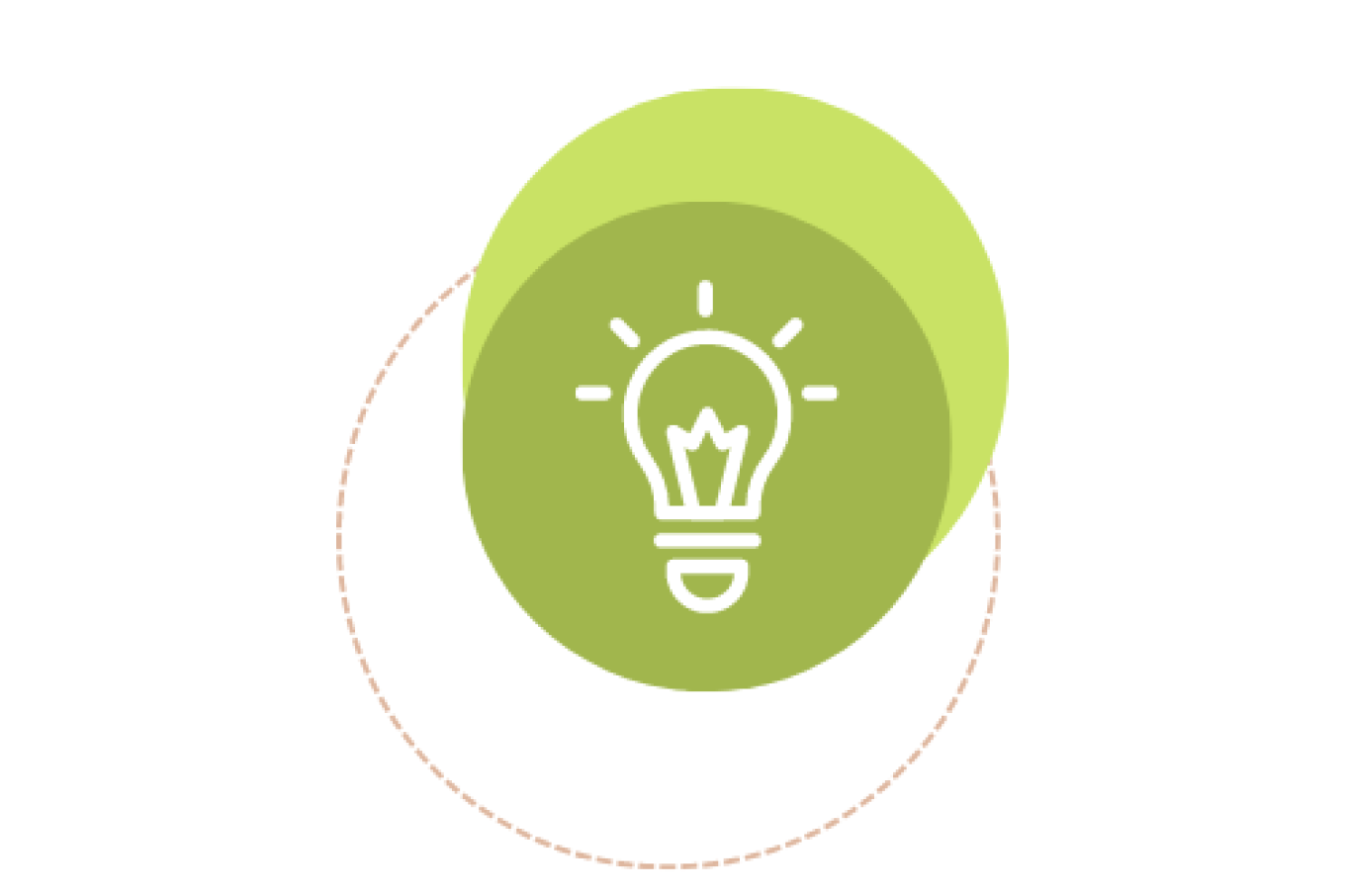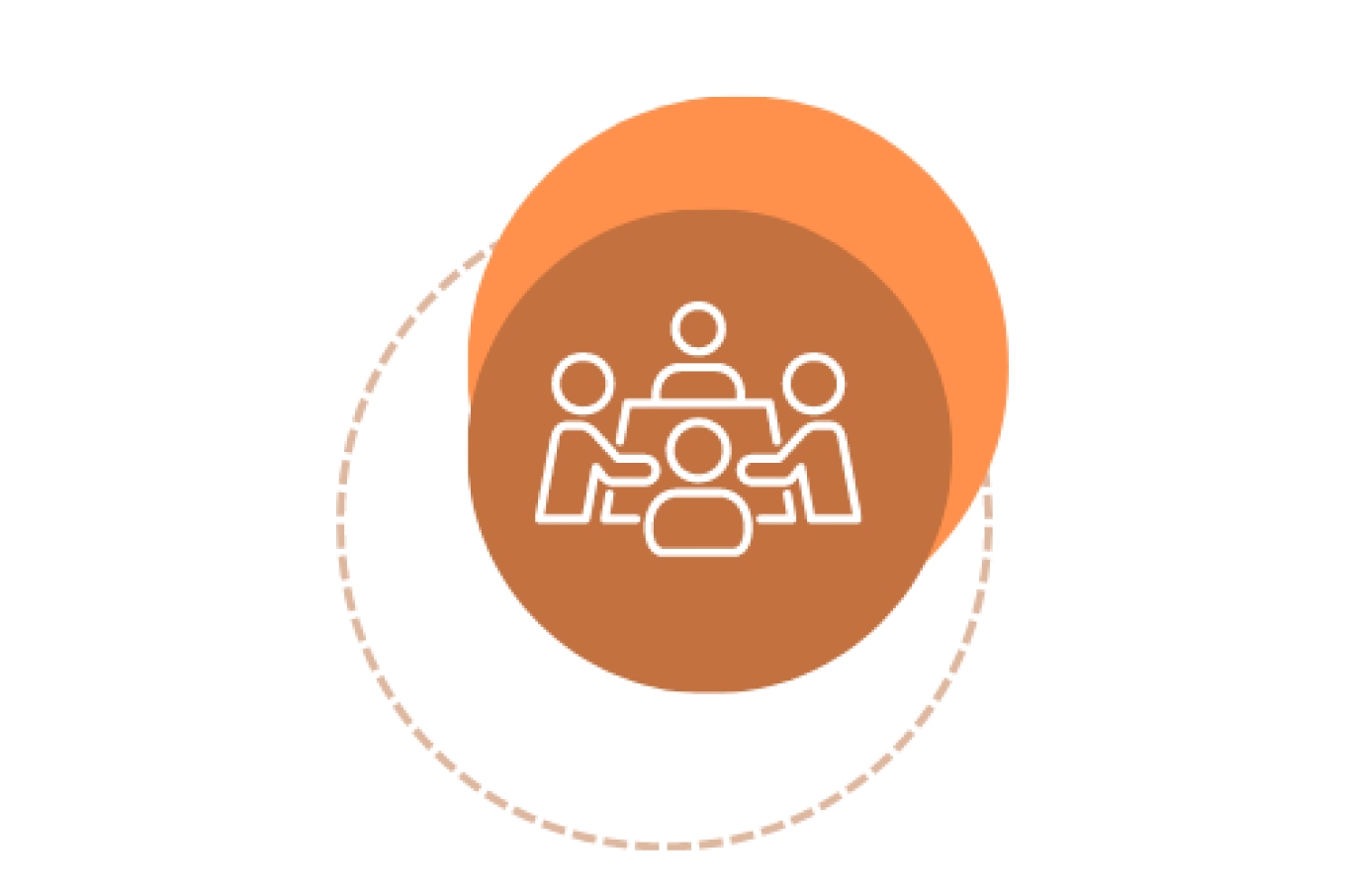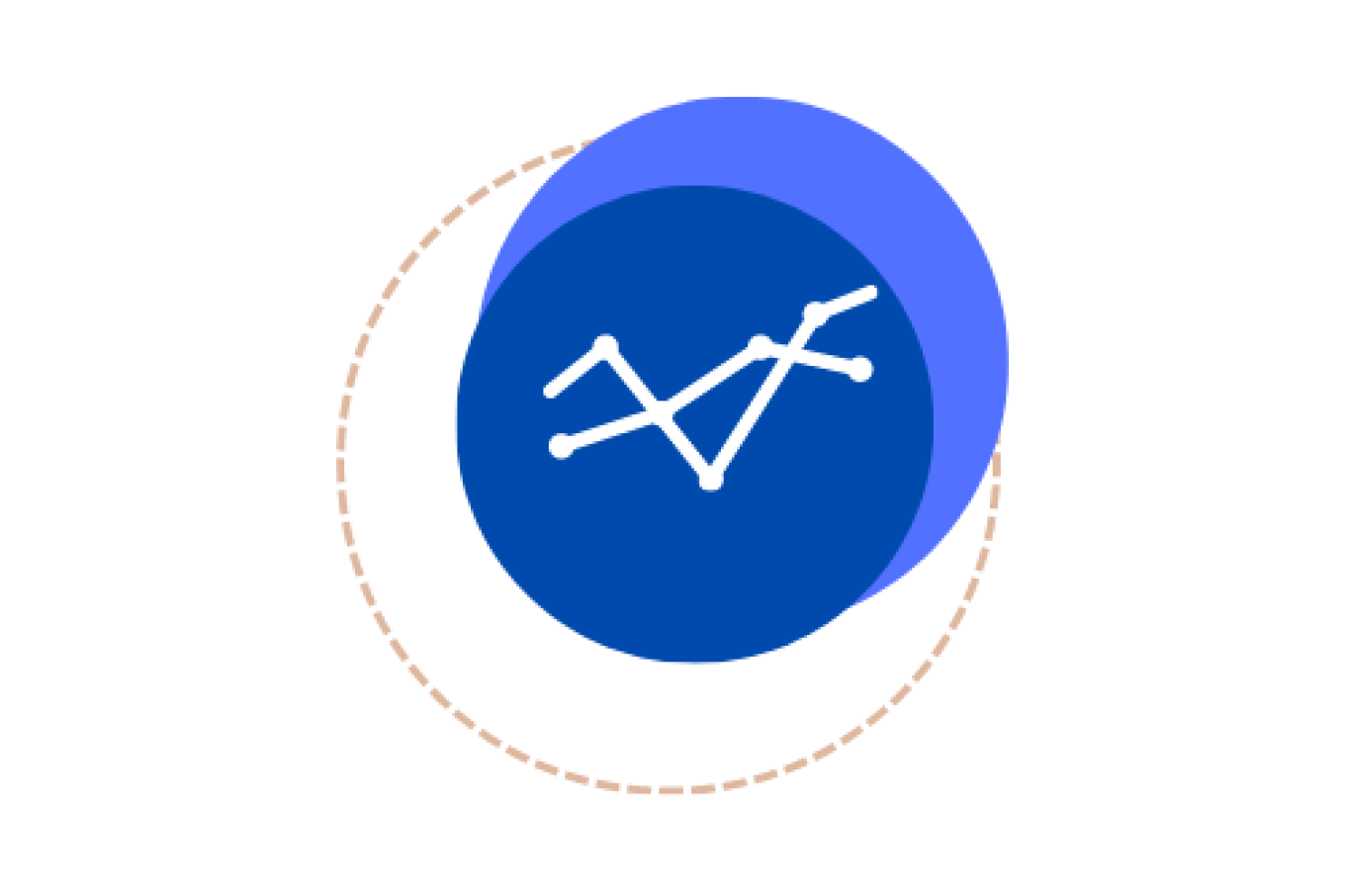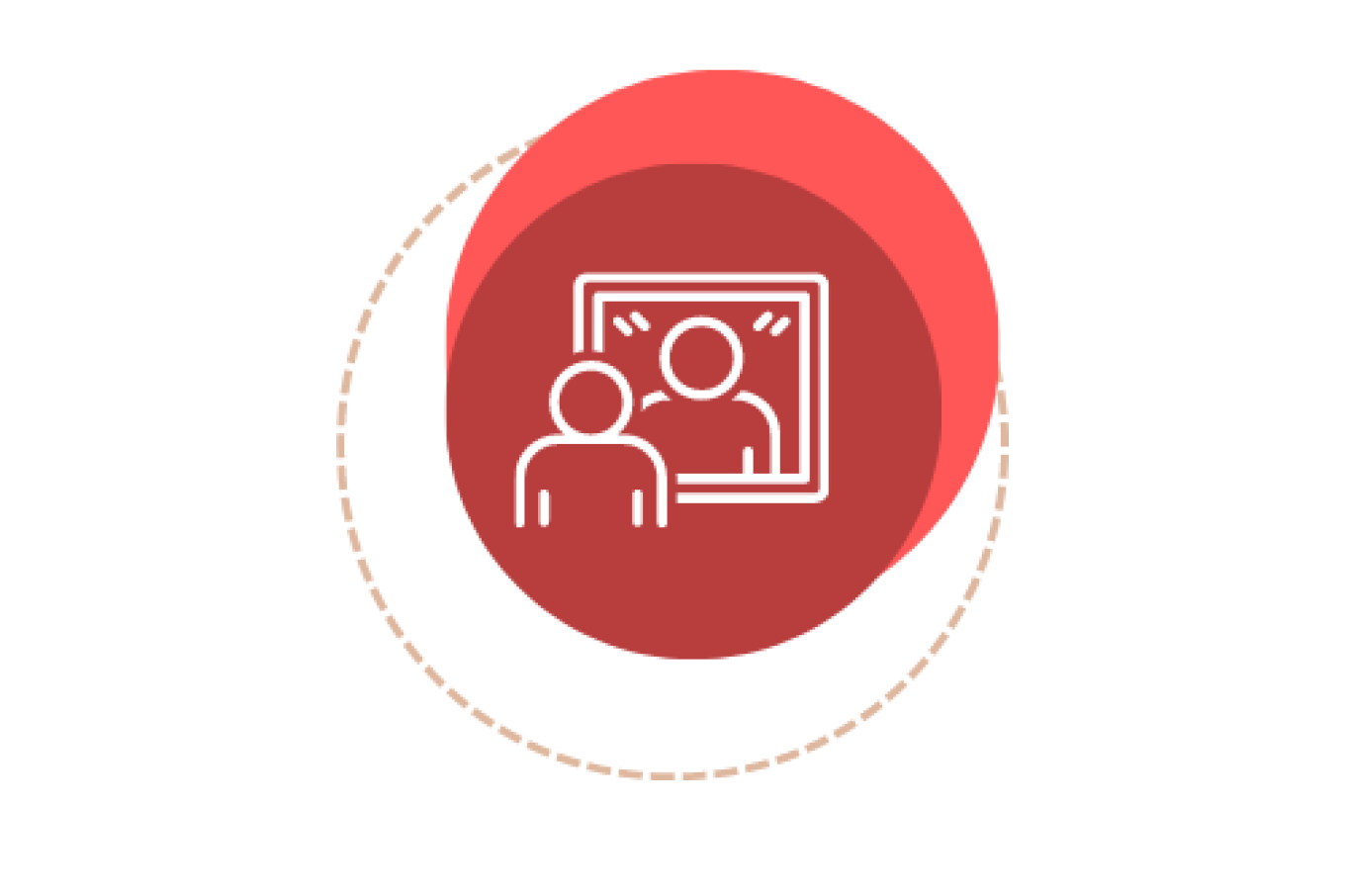IGDIs are rooted in equity and have maintained this commitment since the inception of the bilingual measures in 2012. We recognize that maintaining equity in our work is an ongoing effort and we continue to update, adapt and revise the measures as we learn how to demonstrate antiracism in work and practices.


1 Community-Driven Ideation
All research questions are generated by community-university partnerships.

2 Community Expertise and Feedback
The community is viewed as experts and all work reflects learnings from focus groups, interviews, bias reviews, and perspectives from elders.

3 Iteration and Refinement
Based on community insight, we conduct iteration and refinement from a deep connection to listening to community requests and responding.

4 Statistical Analysis
We use a variety of statistical methods, such as Item response theory, CAT, DIF, criterion-based standard setting and predictive validity rather than norm-referencing to reduce bias in our tools.

5 Dissemination
We strive to ensure that research findings and products are accessible by key users across various platforms and media.

Ongoing: Continuous Improvement
To promote a mindset of continuous improvement, our lab engages in equity-focused professional development, self reflection and antiracism engagement.